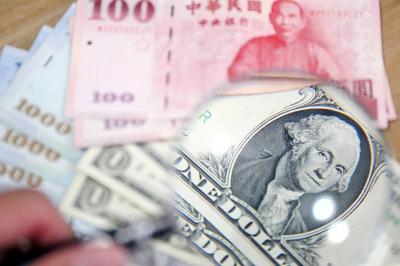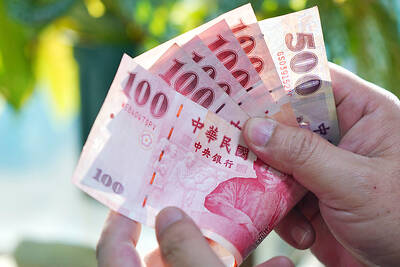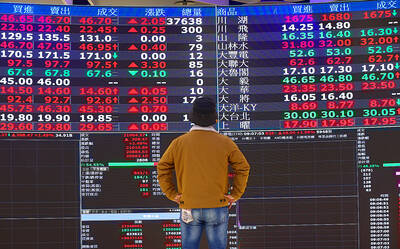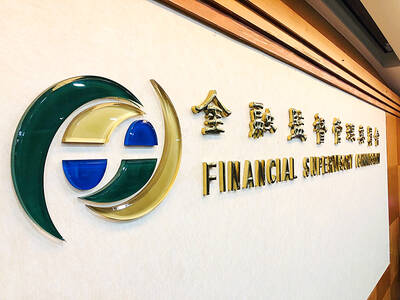HTC Corp (宏達電) remained the fifth-largest supplier of mobile phones in the US, but the struggling manufacturer has narrowed the gap between it and the leading players, research firm comScore said on Wednesday.
According to comScore, 234 million Americans aged 13 and older used smartphones and feature phones from April to June this year.
Samsung Electronics Co ranked as the top handset maker with 25.6 percent of US mobile subscribers, followed by LG Electronics Inc (18.8 percent), Apple Inc (15.4 percent), Motorola Mobility Holdings Inc (11.7 percent) and HTC (6.4 percent), it said.
Among the top five vendors, Apple recorded the biggest gain of 1.4 percentage points from the previous three-month period, while HTC’s market share rose 0.4 percentage points.
Google Inc’s unit, Motorola, dipped 1.1 percentage points, while LG and Samsung declined 0.5 and 0.4 percentages points respectively, it said.
In April, HTC said it would rely more on the smartphone markets in Europe and Asia in the face of the stiff competition in the US.
AT&T Inc, the second-largest US mobile operator, last month cut the price of HTC’s One X flagship smartphone from US$199 to US$99 for a two-year contract, less than three months after its launch.
Some analysts viewed the move as a bad signal because HTC had been able to sell its phones for six to 12 months prior to the price cuts.
HTC has also been doing well in China, with its cheaper “New Desire” series, which lifted its market share in the below-2,500 yuan (US$392) segment from 3 percent in the first quarter to 6 percent in June, they said.
The company is scheduled to report its latest quarterly results today, with two foreign brokerages forecasting a weak outlook for the struggling smartphone vendor, citing a worsening product mix and tougher competition.
“We maintain our view initiated since October 2011 that HTC is squeezed in the middle, with smartphone commoditization being accelerated by chip designer MediaTek Inc (聯發科),” said Aaron Jeng (鄭明宗), a Taipei-based Nomura Holdings Inc analyst.
“What’s worse, HTC seems to be losing share in the high-end smartphone space despite launching its One X flagship model both in China and the US,” he wrote in a research note on Monday.
“We expect competition will become tougher over the next 6-9 months, with iPhone 5 hitting the One X, and China-branded low-price dual-core and quad-core phones hitting the ‘New Desire,’” Jeng wrote.
In a separate note, Bank of America Merrill Lynch said it expected a 4 percent quarter-on-quarter drop in HTC’s third-quarter sales, with an operating margin of 8.6 percent.
Merrill Lynch said it expected HTC to launch a 5-inch Android smartphone, and models running on the touch-friendly Windows 8 system later this year.
However, the Windows-based smartphone has only a 4 percent market share currently and will likely remain a niche market player this year, while big-screen models will also face strong competition from Samsung, it said.
Bank of America Merrill Lynch Merrill Lynch analyst Robert Cheng (鄭勝榮) said HTC’s most important model launch was likely to be in the first quarter of next year, and its momentum in the second half of this year would be muted due to a lack of strong models.
“We have witnessed HTC conducting a series of cost-downs and restructuring in its R&D team recently to lift the bottom line,” he said. “However, amazing new models and market position are the key growth factors for the company.”

The US dollar was trading at NT$29.7 at 10am today on the Taipei Foreign Exchange, as the New Taiwan dollar gained NT$1.364 from the previous close last week. The NT dollar continued to rise today, after surging 3.07 percent on Friday. After opening at NT$30.91, the NT dollar gained more than NT$1 in just 15 minutes, briefly passing the NT$30 mark. Before the US Department of the Treasury's semi-annual currency report came out, expectations that the NT dollar would keep rising were already building. The NT dollar on Friday closed at NT$31.064, up by NT$0.953 — a 3.07 percent single-day gain. Today,

‘SHORT TERM’: The local currency would likely remain strong in the near term, driven by anticipated US trade pressure, capital inflows and expectations of a US Fed rate cut The US dollar is expected to fall below NT$30 in the near term, as traders anticipate increased pressure from Washington for Taiwan to allow the New Taiwan dollar to appreciate, Cathay United Bank (國泰世華銀行) chief economist Lin Chi-chao (林啟超) said. Following a sharp drop in the greenback against the NT dollar on Friday, Lin told the Central News Agency that the local currency is likely to remain strong in the short term, driven in part by market psychology surrounding anticipated US policy pressure. On Friday, the US dollar fell NT$0.953, or 3.07 percent, closing at NT$31.064 — its lowest level since Jan.

The New Taiwan dollar and Taiwanese stocks surged on signs that trade tensions between the world’s top two economies might start easing and as US tech earnings boosted the outlook of the nation’s semiconductor exports. The NT dollar strengthened as much as 3.8 percent versus the US dollar to 30.815, the biggest intraday gain since January 2011, closing at NT$31.064. The benchmark TAIEX jumped 2.73 percent to outperform the region’s equity gauges. Outlook for global trade improved after China said it is assessing possible trade talks with the US, providing a boost for the nation’s currency and shares. As the NT dollar

The Financial Supervisory Commission (FSC) yesterday met with some of the nation’s largest insurance companies as a skyrocketing New Taiwan dollar piles pressure on their hundreds of billions of dollars in US bond investments. The commission has asked some life insurance firms, among the biggest Asian holders of US debt, to discuss how the rapidly strengthening NT dollar has impacted their operations, people familiar with the matter said. The meeting took place as the NT dollar jumped as much as 5 percent yesterday, its biggest intraday gain in more than three decades. The local currency surged as exporters rushed to